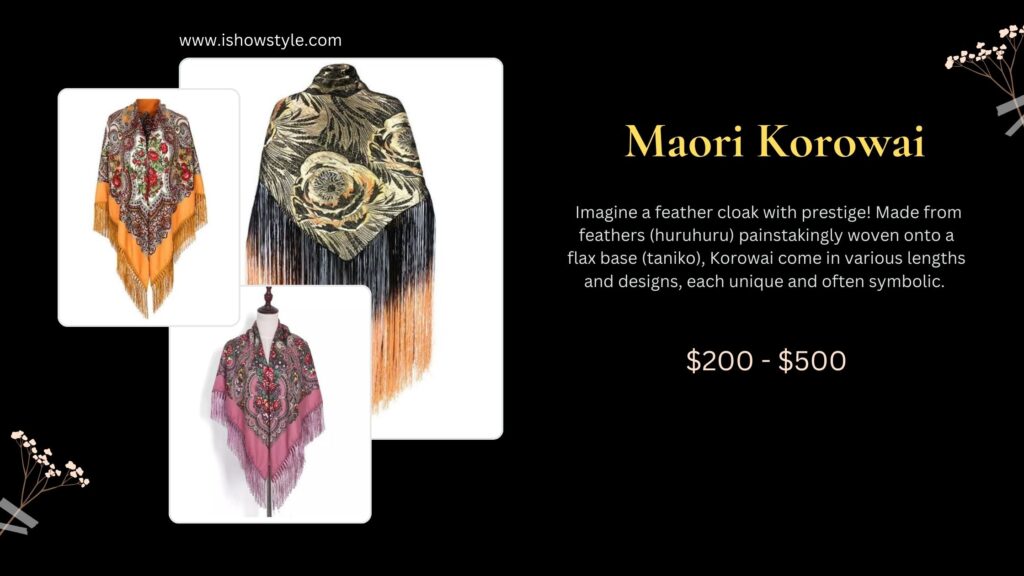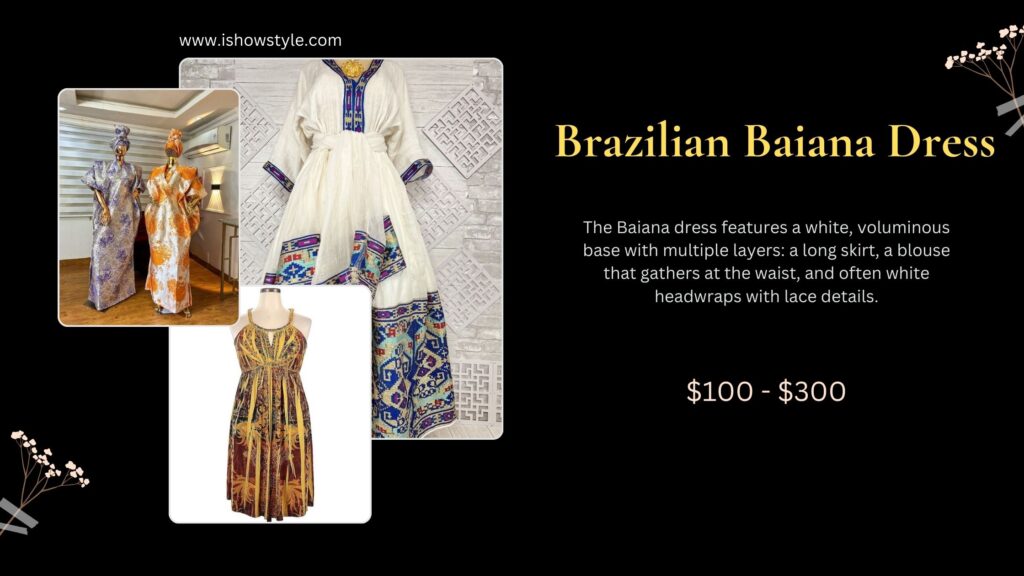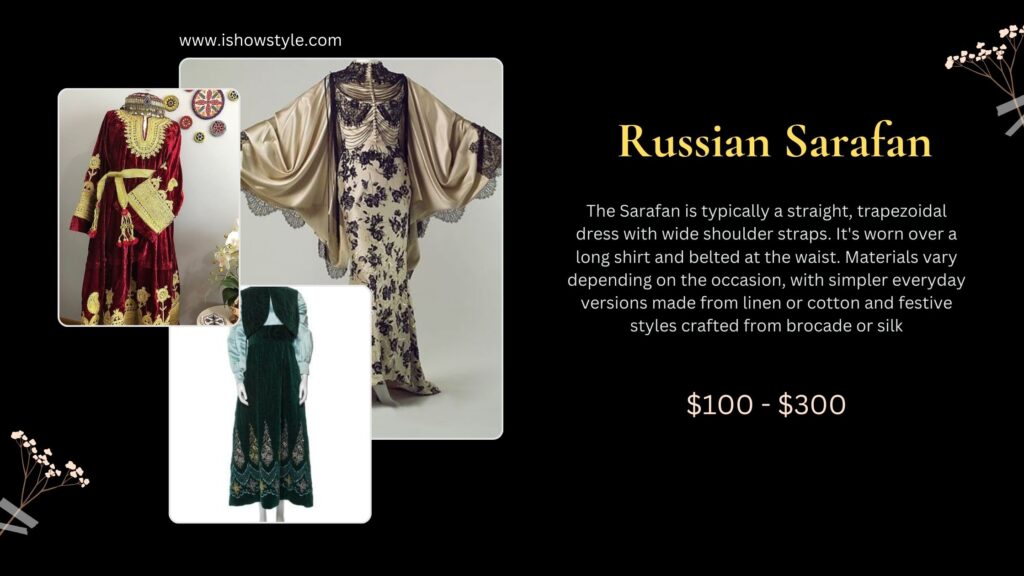In every culture around the world, celebrations and festivals are not just events but cherished moments that embody tradition, heritage, and community spirit. One of the most captivating aspects of these festivities is the attire people choose to wear. Traditional outfits play a very significant role in these occasions, reflecting centuries-old customs and modern influences. As we look forward to celebrating in 2024, here are 14 stunning traditional outfits from different cultures that capture the essence of joy, culture, and celebration:
1. Indian Saree

The Indian saree is a traditional garment worn by women during various celebrations, such as Diwali, weddings, and religious festivals. Its elegance lies in its diverse fabrics, colours, and intricate embroideries, which vary by region.
Prices vary widely based on fabric, design, and craftsmanship. On average, a saree can range from $50 to $500 or more, depending on the intricacy and materials used.
2. Japanese Kimono

A symbol of Japanese culture, the kimono is worn for festivals like Hanami (cherry blossom viewing) and traditional ceremonies. Its rich silk fabric and meticulous patterns make it a striking attire choice.
Prices for traditional kimono, in simpler styles, start at around $200, while more intricate and formal versions can cost thousands of dollars.
3. Chinese Cheongsam/Qipao

The cheongsam or qipao is a form-fitting dress worn by Chinese women, especially during Chinese New Year and other festive occasions. Its high collar and intricate designs signify grace and elegance.
Prices may range from $50 to $500, with high-quality silk and elaborate embroidery influencing the cost.
4. Scottish Kilt

The Scottish kilt is a traditional garment worn by men during Highland games and celebrations like Burns Night. Each tartan pattern represents a specific Scottish clan or region, adding a personal touch to the attire. A traditional kilt made from wool tartan fabric may cost between $300 and $800, depending on the intricacy of the pattern and quality of craftsmanship.
5. Mexican Charro Suit

Men don the charro suit during Mexican Independence Day and other national celebrations. Its detailed embroidery, wide-brimmed hat, and short jacket reflect the country’s vibrant culture.
Prices start around $200 for a basic suit, while more elaborate designs with intricate embroidery can exceed $1000.
6. Nigerian Agbada

The agbada is a flowing robe worn by men in Nigeria during weddings, cultural ceremonies, and festivals. Its elaborate embroidery and voluminous sleeves exude regal charm and prestige.
Prices range widely depending on fabric and embroidery, typically starting at $100 and going up to several hundred dollars for luxurious versions.
7. Korean Hanbok

The hanbok is worn during Korean festivals like Chuseok and weddings. Its vibrant colors and graceful lines emphasize tradition and harmony, making it a symbol of cultural pride.
Prices for a hanbok vary based on fabric and design, with simpler styles costing around $100 to $300 and more elaborate ceremonial hanboks costing upwards of $1000.
8. Greek Chiton

Historically significant, the chiton is a draped garment worn during Greek festivals and ceremonies. Its simplicity and timeless design reflect an ancient Greek aesthetic ideal.
Replicas or modern interpretations, depending on the material and craftsmanship, can be found for around $50 to $200.
9. Maori Korowai

The Korowai is a feather cloak worn by the Maori people of New Zealand during significant events like cultural ceremonies and weddings. Each feather holds spiritual and ancestral significance.
Prices for a Korowai can vary widely depending on the feathers used and the craftsmanship, often starting from $500 and reaching several thousand dollars.
10. Moroccan Djellaba

The djellaba is a long, hooded robe worn by both men and women in Morocco during Eid and other festivities. Its intricate embroidery and vibrant colours reflect Moroccan craftsmanship and heritage.
Prices start from approximately $50 for simpler designs, with more ornate djellabas made from luxurious fabrics costing up to $300 or more.
11. Brazilian Baiana Dress

Afro-Brazilian women wear the banana dress during festivals like Carnival in Bahia. Its flowing skirts, bright colours, and intricate lacework celebrate Brazil’s cultural diversity.
Prices vary widely depending on fabric and embellishments, with handmade banana dresses starting at around $100 and going up significantly for elaborate designs.
12. Russian Sarafan

The sarafan is a traditional Russian jumper dress worn by women during festivals and celebrations. Its modest yet elegant design reflects Russian folk traditions and craftsmanship.
Prices start from approximately $50 for basic versions, with handcrafted or embroidered sarafans costing upwards of $200 or more.
13. Tongan Ta’ovala

The Zavala is a Tongan traditional dress worn by both men and women during cultural events and ceremonies. Made from woven mats, its intricate patterns symbolize Tongan identity and heritage.
Prices vary depending on the intricacy of the weaving and the materials used, typically ranging from $100 to $500 or more.
14. Turkish Kaftan

The kaftan is a long robe worn by men and mostly women in Turkey during religious holidays and weddings. Its luxurious fabrics and intricate patterns showcase Ottoman craftsmanship and cultural pride.
Prices for a kaftan can range widely depending on fabric and craftsmanship, starting from $100 for simpler versions and reaching several hundred dollars for ornate designs.
Conclusion
Each of these traditional outfits is not just clothing but a testament to centuries of cultural heritage and artistic expression. As we embrace celebrations and festivals in 2024, these stunning garments remind us of the beauty and diversity of our global traditions. Whether adorned in a saree, kimono, kilt, or any other attire, each piece carries stories of resilience, identity, and community, making every festival a vibrant tapestry of cultures from around the world.

